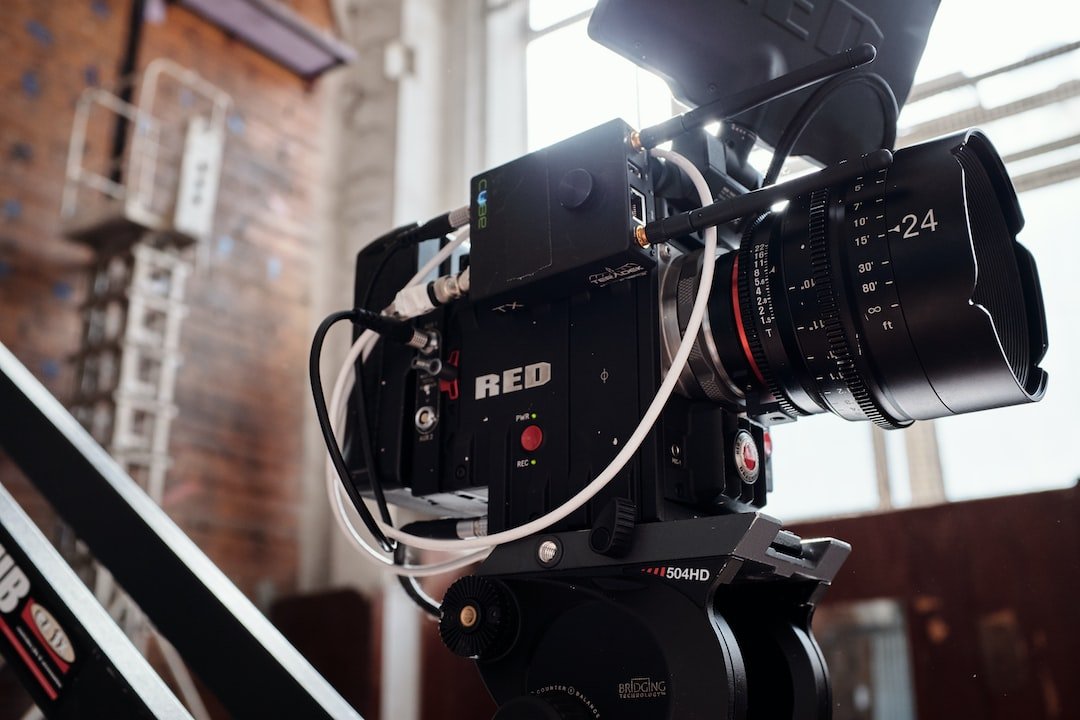Home Camera Lighting and Flashes Camera Filters Camera Batteries and Chargers Memory Cards and Storage
The Importance of Rear Lens Caps for Your Camera
Category : Camera Lens Caps | Sub Category : Rear Lens Caps Posted on 2023-07-07 21:24:53

The Importance of Rear Lens Caps for Your Camera
Introduction:
There are several accessories that are essential to have in your kit. The rear lens cap is an accessory. The rear lens cap is a vital part of keeping your camera lens in optimal condition. In this post, we will discuss why rear lens caps are important, how they protect your lens, and how to use them effectively.
1 Shielding against Dust and debris.
A rear lens cap is used to protect the rear element of your camera lens from dust, debris, and water. The rear element of the camera body can be damaged by environmental factors if you remove a lens. Dust particles can settle on the lens, while debris can scratch or harm it. The rear lens cap is important to maintain its longevity.
2 Accidental Damage and Scratches are preventative.
Rear lens caps provide a physical barrier that prevents scratches or accidental damage. Without a rear lens cap, your camera lens is prone to getting bumped or scratched, especially when stored in a camera bag or while traveling. By using a rear lens cap, you create an additional layer of protection, ensuring that your lens remains in pristine condition.
3 Preserving the lens.
Modern camera lens are multi-coated to reduce lens flare and enhance image quality. If exposed to the elements or rubbed against other surfaces, these delicate coating can become damaged. Rear lens caps are important in preventing contact between the coating and any harmful agents, thus preserving the integrity of the coating and maximizing the performance of your lens.
4 Maintaining optimal lens Calibration is important.
The rear lens caps help maintain the optimal calibration of your camera lens. The manufacturers calibrate the lens for accurate focusing and optimal image quality. By using a rear lens cap, you ensure that the lens stays in a secure and stable position, preventing any accidental impact or shifting that may require re-calibration.
There are tips for effective use.
A When your lens are not in use, keep a rear lens cap on. Attaching the lens cap is an excellent practice after you remove the lens from the camera.
A. If you misplace or lose a rear lens cap, keep it handy. You are always prepared to protect your eyes with extras.
c. Consider investing in a lens pouch or camera bag that has individual compartments for each lens. This will protect your lens from external forces and also give you easy access when you need to switch them.
Conclusion
The importance of protecting your camera lens cannot be overstated, and rear lens caps are an important accessory. Rear lens caps are important in protecting against dust, debris, scratches, and accidental damage. If you use rear lens caps religiously, your lens will thank you in the long run.
Leave a Comment:
SEARCH
Recent News
- Zurich, Switzerland is known for its vibrant arts and culture scene, and its theater offerings are no exception. The city is home to a variety of theaters that cater to different tastes and preferences, making it a great destination for theater enthusiasts.
- Zurich, the largest city in Switzerland, is known for its stunning beauty, historic charm, and vibrant culture. From its picturesque old town to its modern architecture, Zurich is a photographer's paradise. Here are some breathtaking Zurich, Switzerland pictures that showcase the city's unique charm.
- Zurich, Switzerland is a beautiful city that offers a plethora of photographic opportunities for both amateur and professional photographers. From stunning architecture to scenic landscapes, Zurich has something to offer for every photography enthusiast.
- Zurich, Switzerland, is a vibrant city known for its stunning architecture, picturesque landscapes, and thriving cultural scene. In recent years, the city has also become a hub for film production, attracting filmmakers from around the world. Interestingly, a connection has emerged between Zurich and Paraguay through the medium of film.
- Zurich, Switzerland is well-known for its stunning beauty and picturesque landscapes. Many visitors flock to this bustling city to soak in its rich culture and stunning architecture. One aspect of Zurich that often captivates visitors is its vibrant art scene, with many opportunities to engage in various forms of art and creativity.
- Zurich, Switzerland, and Hungarian History: A Unique Blend of Culture
- Zurich - A Hub for Hungarian Films
- Zurich, Switzerland is a beautiful city known for its stunning views, rich history, and vibrant culture. From the picturesque Old Town with its charming cobblestone streets to the crystal-clear waters of Lake Zurich, this city has a lot to offer both residents and visitors.
READ MORE
1 day ago Category : fmount

Zurich, Switzerland is known for its vibrant arts and culture scene, and its theater offerings are no exception. The city is home to a variety of theaters that cater to different tastes and preferences, making it a great destination for theater enthusiasts.
Read More →1 day ago Category : fmount

Zurich, the largest city in Switzerland, is known for its stunning beauty, historic charm, and vibrant culture. From its picturesque old town to its modern architecture, Zurich is a photographer's paradise. Here are some breathtaking Zurich, Switzerland pictures that showcase the city's unique charm.
Read More →1 day ago Category : fmount

Zurich, Switzerland is a beautiful city that offers a plethora of photographic opportunities for both amateur and professional photographers. From stunning architecture to scenic landscapes, Zurich has something to offer for every photography enthusiast.
Read More →1 day ago Category : fmount
